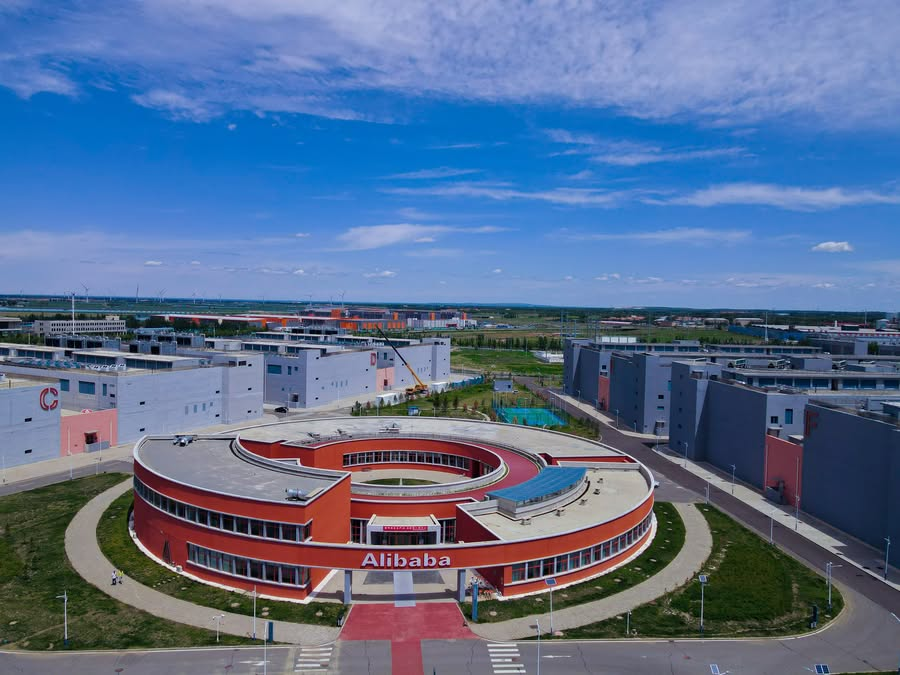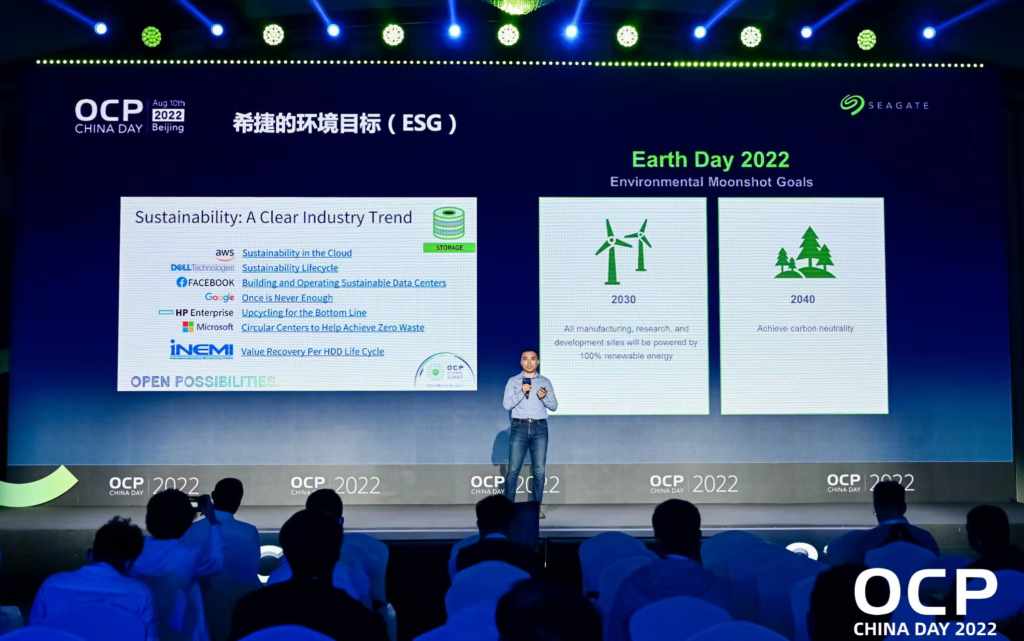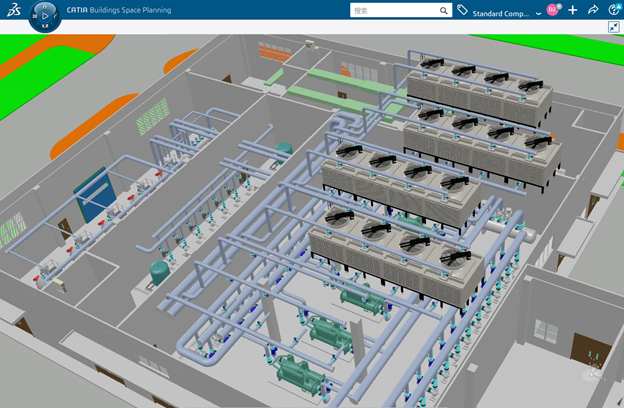Compellent is a Minnesota based startup that has developed Storage Center, a new class of storage system. ESG Lab believes that Storage Center has the potential to be one of the most exciting solutions being offered on the market today. The Compellent founders have decades of experience developing storage systems and it is clear that they designed Storage Center to solve the major problems with implementing and supporting data storage: Cost and Complexity.
What makes the Compellent Storage Center a new class of storage? It is not just one thing but a combination of the architecture, the scalability, the software features and the ease of use. If ESG Lab were to recommend to vendors and customers the ingredients that would make the best storage system the following would be included:
- Utilize standard-based off-the-shelf hardware. With the continued advancements in Intel processors, bus technologies, etc. technology vendors are using commercially available hardware versus building customized solutions. The advantages are lower costs, faster time to market and leveraging the advancements of an entire industry.
- Use an Open Source O/S (e.g. Linux) as the storage systems internal operating system. Using an Open Source O/S gives development organizations the advantage of thousands of engineers creating software, drivers and tools. Again the advantages include improved time to market, and field tested reliability and lower cost.
- Provide a scalable distributed architecture that allows the customer to add additional processing power, cache memory and bandwidth as needed. This allows customers a great deal of flexibility to start out small and grow larger as a single system and not as individual storage systems that need to be managed separately.
- Offer large cache memory in combination with efficient caching algorithms to optimize application performance. The cache memory is distributed across the storage system so that it increases cumulatively.
- Include FC and/or iSCSI support allowing the customer to choose one, the other, or both depending on the needs of the application and the customer’s preference. Also support a flexible number of host ports (FC or iSCSI) so the customer can add them as needed based on their growth.
- Support multiple hard drive types including FC (36, 73 and 146 GB), SAS, S-ATA and different rotational speeds (7,200, 10,000 and 15,000 RPM). This allows the customer to choose what hard drives they feel are needed for which applications or volumes. With different drive types the customer can create a tiered storage environment and get the most out of their storage investment. Additionally functionality to easily migrate the data manually or automatically to the various drive types is essential.
- Disconnect the storage controller (intelligence) from the RAID disks and create a virtualization layer so the number of drives the storage system can support is not physically limited.
- Allow customers to perform oversubscription enabling system administrators to provide a large logical volume size for applications without committing the actual physical storage capacity. This reduces the amount of time and complexity needed to provision new storage.
- Provide remote booting allowing system administrators to store host server’s O/S, applications and data on a centrally managed storage system instead of internal hard drives. This enables easy management of the server environment including server upgrades and replacements.
- Support data management software that includes snapshot copies and remote mirroring. This software allows system administrators to perform backups without slowing down network or application performance; recover data rapidly from common incidents including file deletions or corruptions; make copies of data to remote sites protecting against major site disasters. Improve on traditional data copy solutions by providing more efficient management of potentially thousands of copies; enable user defined copy policies that can scale to business requirements; and provide coalescence to further minimize the amount of disk space used for these additional protection copies.
- Storage Center supports all of the above and other features and capabilities that enhance and improve storage environments. It is also important to consider each of these as not just check off points but how well has each been implemented. This report discusses the technical features and architecture of the Compellent Storage Center and how it solves the problems of cost and complexity. The impact is potentially far reaching and good news for customers.







